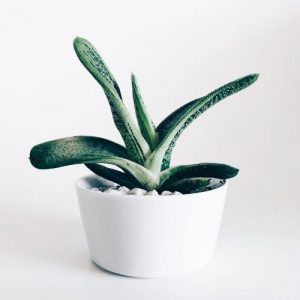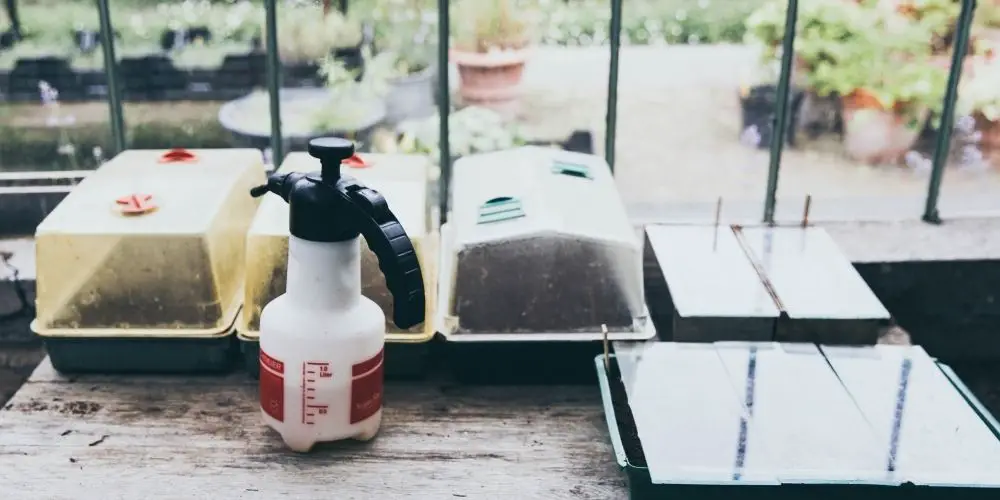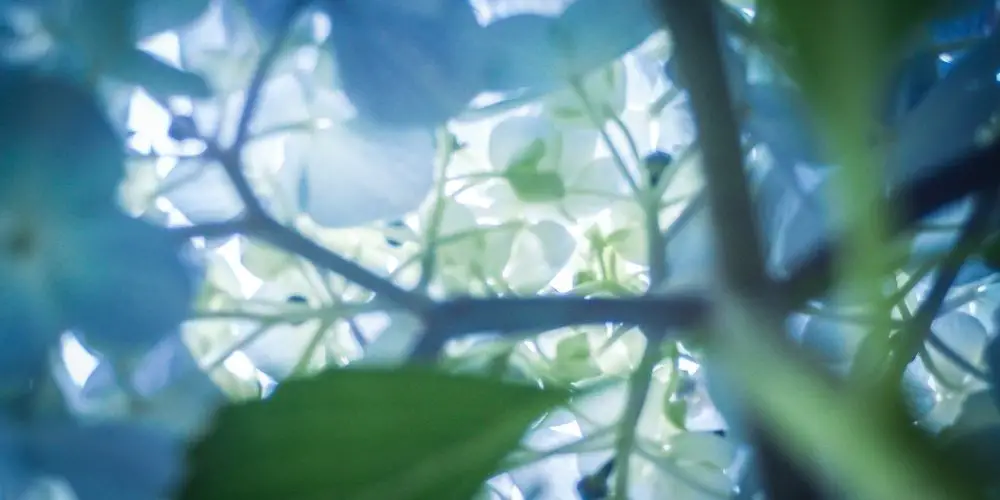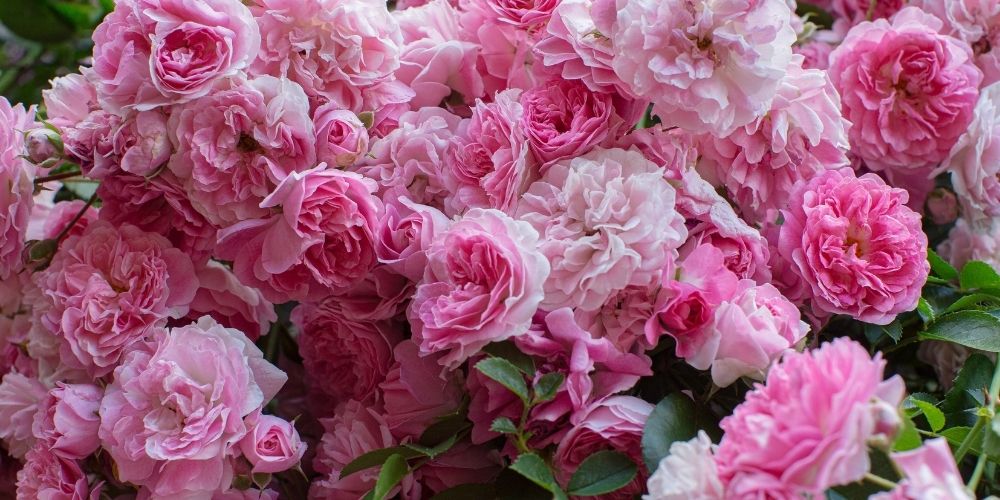When it comes to taking proper care of your plants, misting is a very useful tool. It helps to prevent overwatering, while also boosting hydration through humidity. In this article, we’ll look at some of the main benefits of misting, signs a plant could use misting, and which plants need misting the most!
The Main Benefits
As mentioned earlier, there are two primary reasons people seem to mist their plants. The first is to boost humidity, many of our favorite plants come from the tropics, where humidity is very high and therefore, the plants are accustomed to the wetness of the area.
Regular misting can keep your plants feeling at home by accommodating their need for higher humidity climates. The second most common benefit of misting is that it helps prevent overwatering.
With misting, you aren’t flooding the soil with water, and risking potentially damaging the plant, you’re just covering the surface of the soil and leaves of the plant, allowing them to soak up the water that they need without giving them too much.
Misting can also help oxygenate the soil to keep it as healthy as it can be for your plants.
Signs Your Plant Needs Misting
Since misting is known for giving your plants a great humidity boost, it can be greatly beneficial to your plants to mist them when you start to notice their leaves turning yellow or unfurling a bit.
However, if your plants look healthy and seem to be doing good, a quick way to check if their soil could use a bit of mist is to stick your finger about an inch into the soil of your plant, if you notice that the soil feels dry, then it’s time to give the plant some mist.
This assures your plant doesn’t dry out and keeps your plant from losing any nutrients it might need from the soil.
Which Plants Benefit The Most From Misting
Plants that can benefit the most from regular misting would be plants that are suited to more humid environments. Many common houseplants are native to tropical areas and therefore love a good misting.
The Chinese Evergreen, Majesty Palm, and Boston Fern are just a few houseplants that could use regular misting to keep them as healthy as possible.
Some other plants that have been known to love mist are begonias, orchids, and arrowhead plants.
- How you can easily support your Tomato Plants [Cages, stakes, trellis]
- The 8 Things You Can do for your Garden in the Winter
- 4 Things you can do for your Garden in the Fall
Bonus: Plants That Don’t Require Misting

While a little misting won’t hurt any plant that gets it. Some plants are more accustomed to droughts and dryer areas, that don’t need much extra humidity.
Succulents are one of the plants that have been known to withstand drought and retain water.
They don’t usually need misting to thrive and can do just fine in dry climates. Spider plants are also known to enjoy low-humid areas over ones with more moisture.
Spider plants, like succulents, don’t usually require misting. For this reason, both of these plants work great as indoor plants that can withstand the dry environment that is often found in homes, without needing extra misting to accommodate them.
Conclusion
Misting is a great option for plant owners that have plants that are used to humid climates. While a little bit of misting isn’t going to hurt any plant, its main benefits serve plants that come from tropical areas or plants that stay indoors, where the air is usually dry. However, it is important to note that overwatering can happen with misting as well.
Overwatering, the most common killer of plants, can happen in the form of misting, even though misting helps to prevent your plants from getting too much water. The best thing you can do is learn what kind of environment your plant is accustomed to. Plants that come from more tropical places are used to more humid air and therefore could use misting to help simulate that environment.
On the other hand, plants that are native to places with dry air might be more susceptible to overwatering if you water and mist them too often. Each plant is different, and knowing what kind of misting your plant needs can help contribute to keeping your plant as healthy, and as happy as possible.















